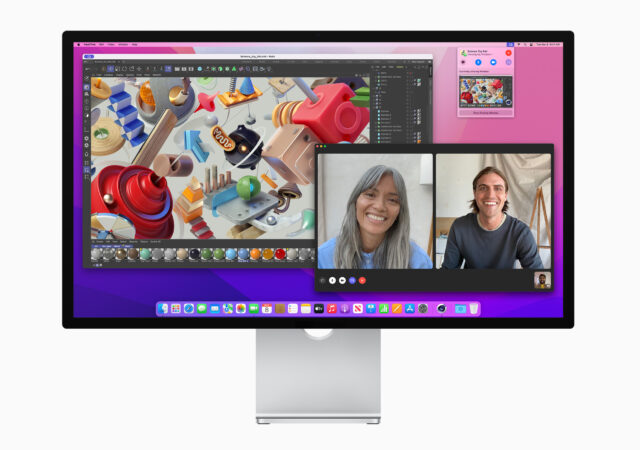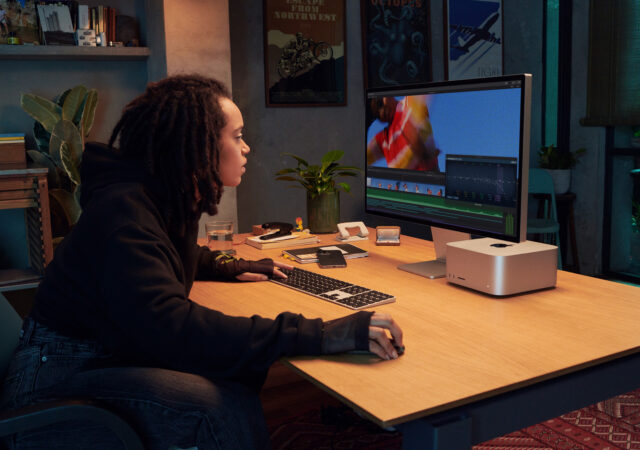Apple launched the Studio Display just yesterday, and Apple confirmed that the display can work with Windows PCs, albeit with limitations.
Apple Introduces the M1 Ultra in the Mac Studio and fit an A13 Bionic in a 5K Studio Display
Apple unleashes the power of the M1 Ultra within the Mac Studio and to be displayed through a powerful 5K Studio Display.




